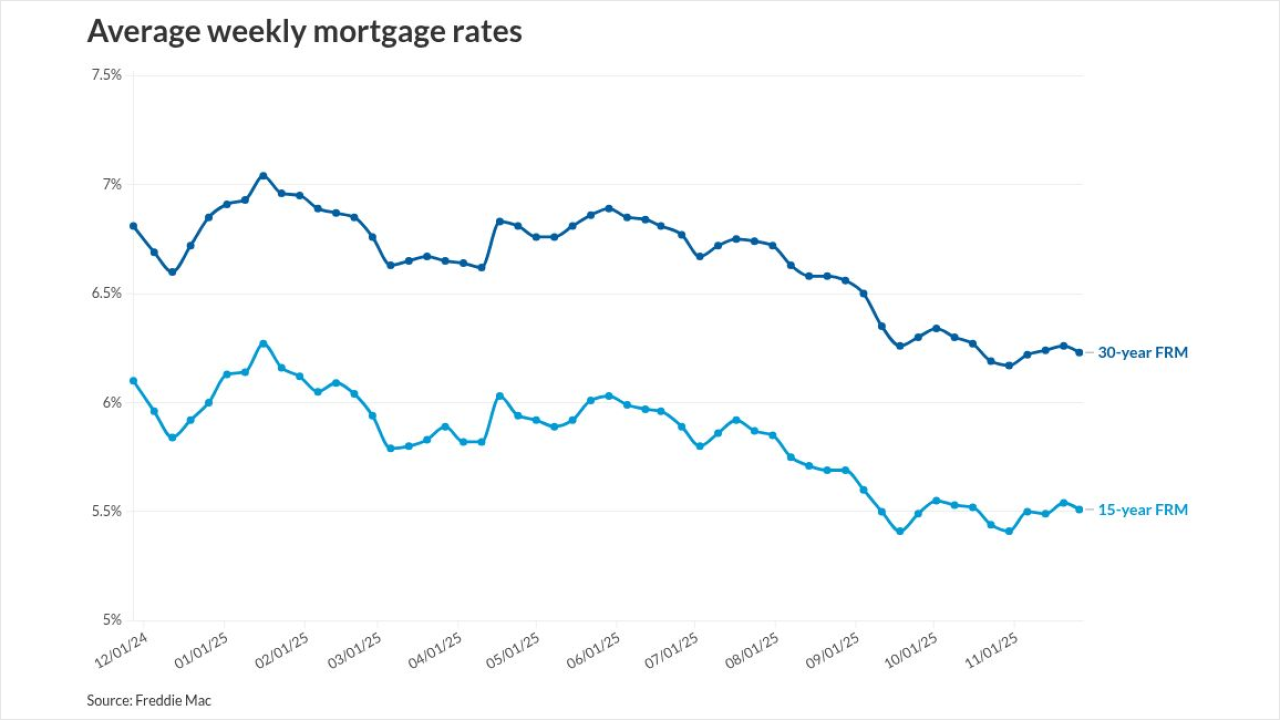Fitch Ratings is starting to look more closely at depository lending involving nonbank financial institutions, including mortgage firms, as unfunded commitments to NBFIs take on a larger role in portfolios.
Unfunded commitments to mortgage credit intermediaries by a group of banks Fitch studied totaled over $255.44 billion as of March 31, up from $202.28 billion on Dec. 31, 2024. The March 31 number is part of approximately $1.2 trillion to all types of NBFIs.
Fitch is eyeing the larger NBFI figure because it represents a growth rate of 20% year-over-year compared to 1.5% for the separate commercial loan category. The trend is worth watching because it could bring more scrutiny to nonbank lending, including
"Robust growth in bank lending to nonbanks warrants close monitoring as historically excessive growth in credit has led to asset quality problems that negatively affect banks," Fitch said in its report. "However, from a credit quality perspective, direct bank exposure to nonbanks is generally better than lending directly to underlying borrowers."
The NBFI category includes
"A PC downturn, in isolation, is unlikely to have widescale financial stability implications for the largest banks, as direct exposure represents less than 30% of equity, on average," Fitch said in its report, while noting that it has faced challenges in assessing the full extent of the risk.
Fitch studied 13 banks where NBFI exposures are concentrated. The group includes large players like JPMorgan Chase, PNC and U.S. Bancorp.
So far total delinquent and nonaccrual NBFI loans "are averaging just 9 basis points for these 13 banks at quarter-end," Fitch said, while noting that "performance could deteriorate if economic conditions worsen, rates rise significantly, or borrowers face liquidity issues."
Such findings could play a role in how the Financial Stability Oversight Council views nonbank risks this year





